That eight-legged creature scurrying across your bathroom floor might make you reach for the nearest shoe, but what if that tiny arachnid was actually your home’s most dedicated security guard? Most people’s first instinct when encountering a spider indoors is to eliminate it immediately, driven by deep-seated fears and misconceptions. However, these remarkable creatures are working around the clock to protect your living space from a host of unwanted invaders that pose far greater threats to your comfort and health than they ever could.
The Hidden Army Living in Your Walls
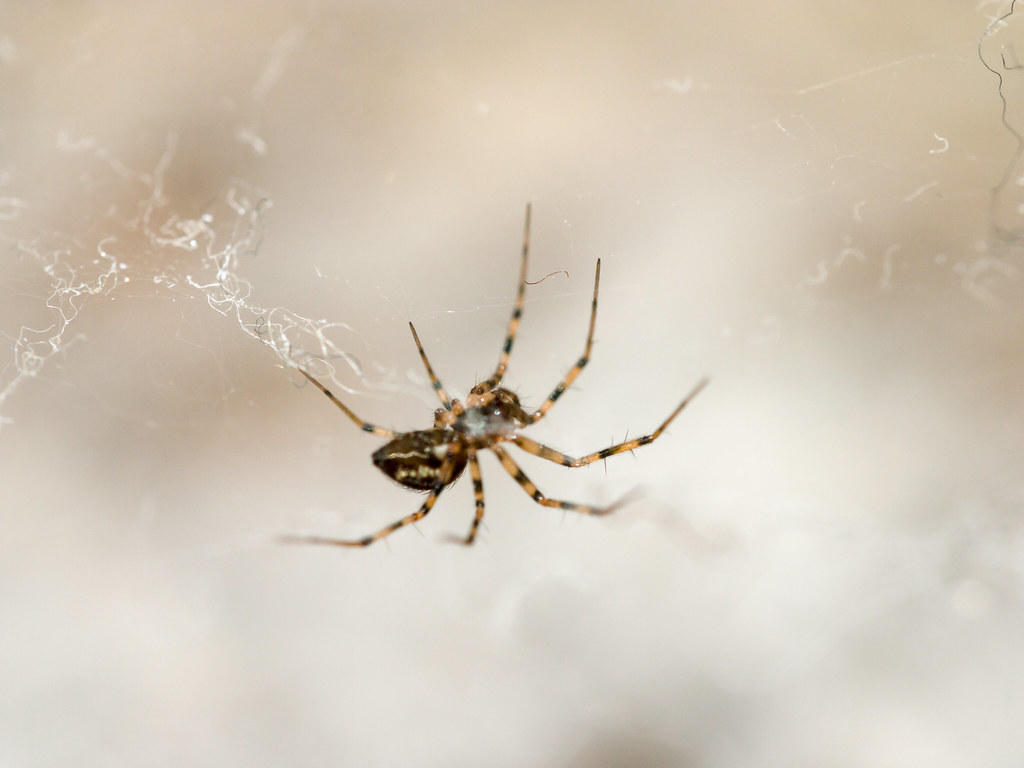
Your home harbors a secret population of arachnid allies that most homeowners never fully appreciate. House spiders, cellar spiders, and jumping spiders have established territories throughout your dwelling, creating an invisible network of pest control specialists. These creatures operate in shifts, with some species active during daylight hours while others patrol your home under cover of darkness.
Each spider in your home has claimed a specific hunting ground, whether it’s the corner behind your bookshelf or the space beneath your kitchen sink. They’ve learned the traffic patterns of flying insects, the hiding spots of crawling pests, and the optimal locations for their webs. This intimate knowledge of your home’s ecosystem makes them incredibly effective at intercepting unwanted visitors before they can establish themselves.
Nature’s Most Efficient Pest Control Service
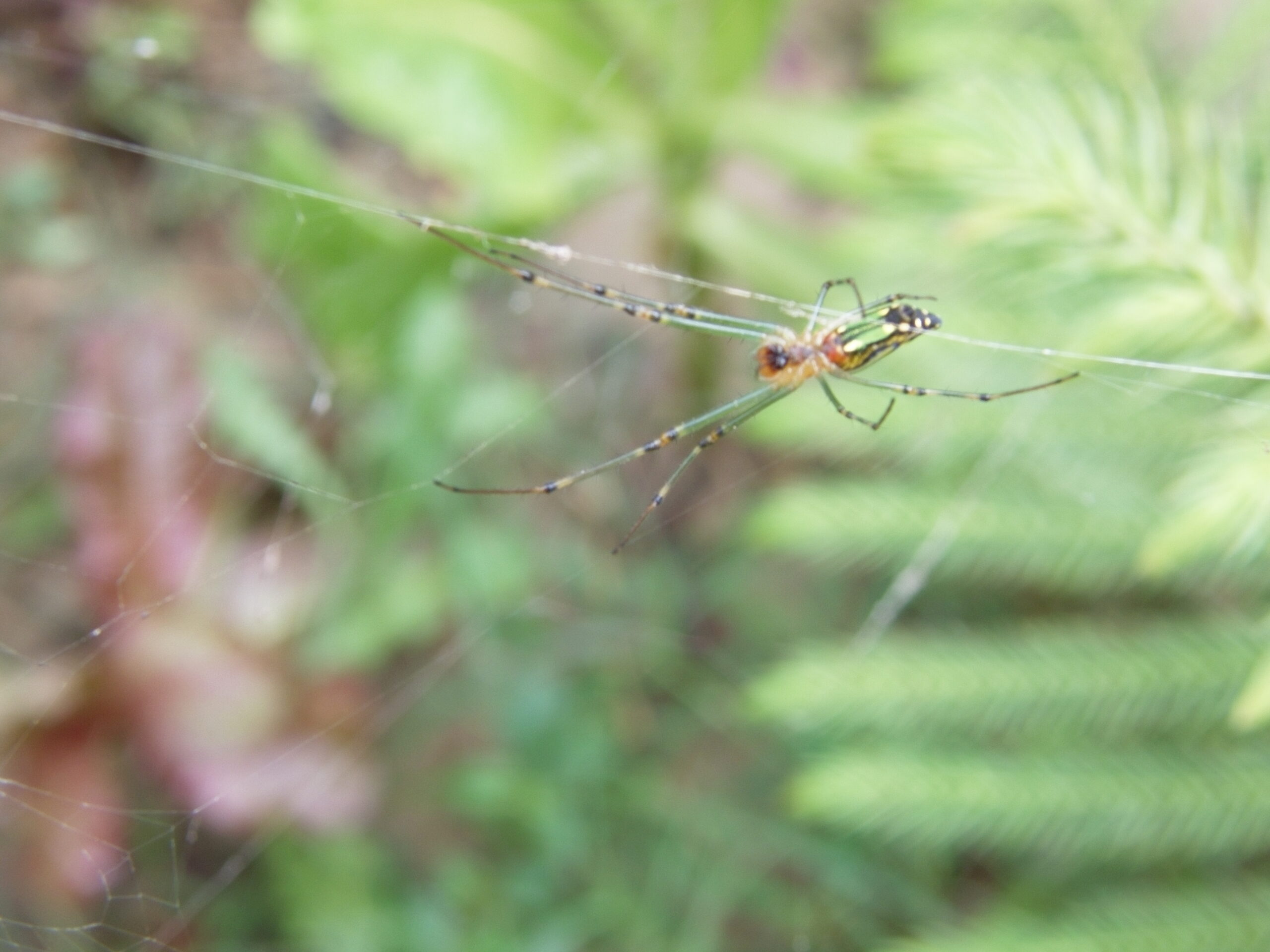
A single house spider can consume hundreds of insects throughout its lifetime, making it more effective than many commercial pest control methods. These arachnids don’t discriminate in their hunting, targeting mosquitoes, flies, gnats, moths, and countless other flying nuisances that would otherwise plague your daily life. Unlike chemical pesticides that lose effectiveness over time, spiders provide continuous, renewable protection.
The hunting efficiency of spiders is truly remarkable when you consider their size relative to their prey. A common house spider weighing less than a paperclip can take down insects many times its own weight. They accomplish this through a combination of stealth, speed, and sophisticated hunting techniques that have been refined over millions of years of evolution.
Mosquito Menace: Your Spider Bodyguards
Perhaps no other pest poses as immediate a threat to human comfort as mosquitoes, and spiders excel at eliminating these blood-sucking invaders. Web-building spiders create strategic traps in areas where mosquitoes commonly rest, such as near windows, doorways, and humid spaces. Meanwhile, hunting spiders actively pursue mosquitoes, using their superior speed and agility to catch these elusive targets.
The impact of spider predation on mosquito populations in homes is substantial. Studies have shown that areas with healthy spider populations experience significantly fewer mosquito-related disturbances. This natural mosquito control becomes especially valuable during warmer months when these pests are most active and numerous.
Fly Elimination: The Web Warriors
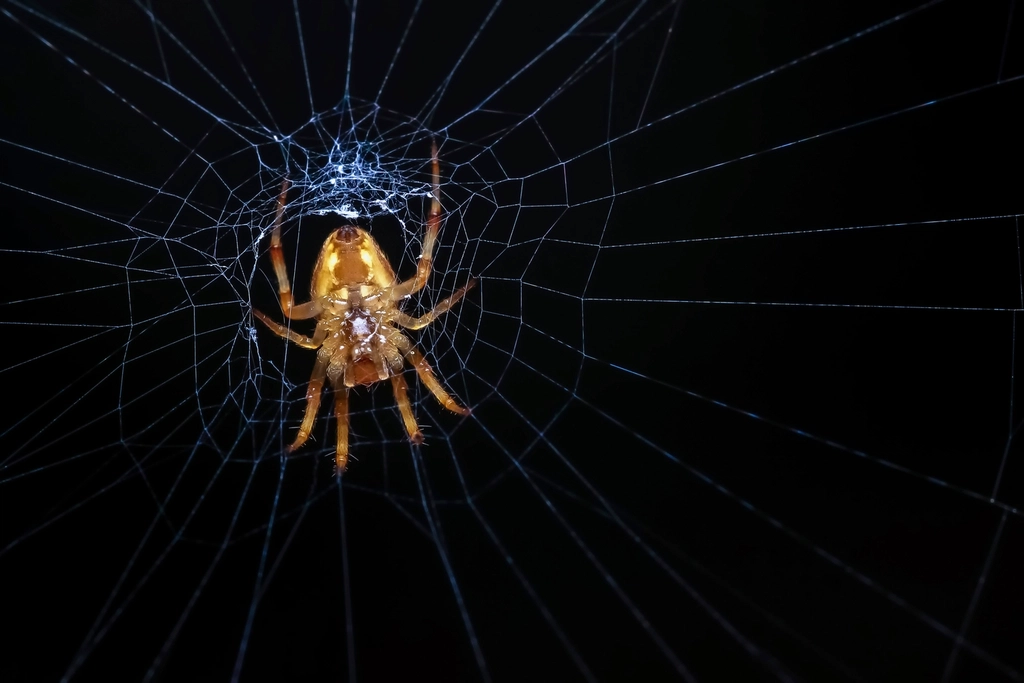
House flies carry diseases and contaminate food surfaces, making them one of the most problematic household pests. Spiders have evolved specialized techniques for dealing with these fast-moving targets. Orb weavers create nearly invisible webs that flies cannot detect until it’s too late, while cobweb spiders build three-dimensional traps that effectively capture flies approaching from multiple angles.
The sticky nature of spider silk makes it nearly impossible for flies to escape once they make contact. Within moments of a fly becoming entangled, the spider responds to vibrations in the web and quickly immobilizes its prey. This rapid response system ensures that flies are removed from your environment before they can spread bacteria or lay eggs in your home.
Ant Invasions: Spider Sentinels on Patrol
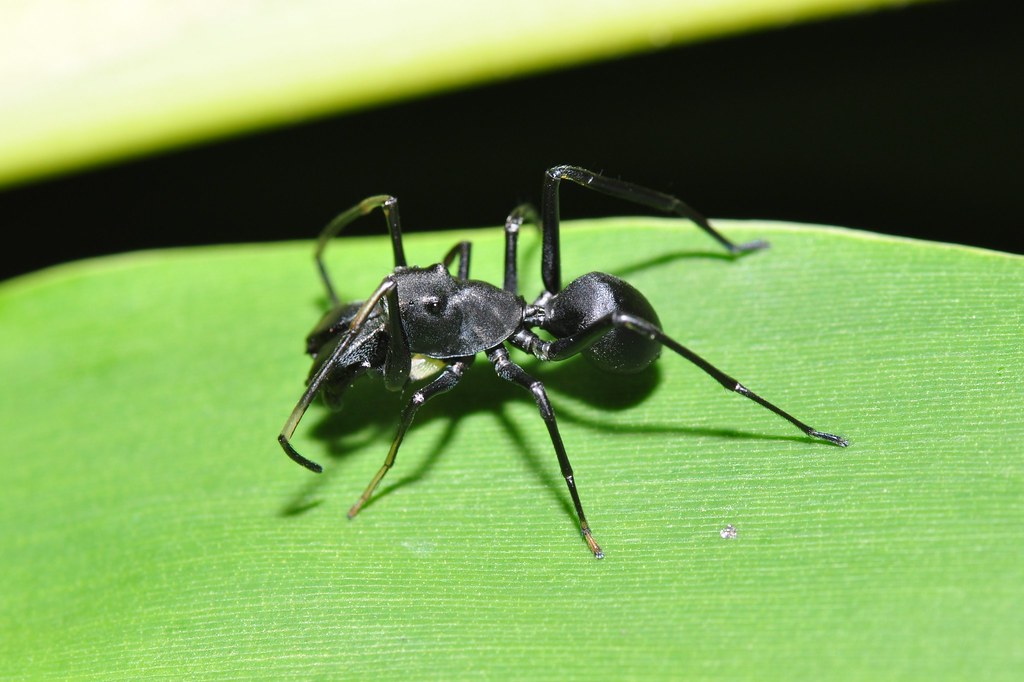
While ants might seem too small or numerous for spiders to handle effectively, many arachnid species specialize in hunting these social insects. Jumping spiders, in particular, are skilled ant hunters that can take on individual workers and even disrupt entire ant trails. These agile predators use their excellent eyesight to track ant movements and their powerful legs to pounce with precision.
Ground-dwelling spiders also play a crucial role in ant control by intercepting foraging workers before they can establish scent trails leading to food sources. By consistently removing scout ants and foragers, spiders help prevent the large-scale ant invasions that can quickly overrun kitchens and pantries.
The Roach Hunters: Fearless Arachnid Warriors
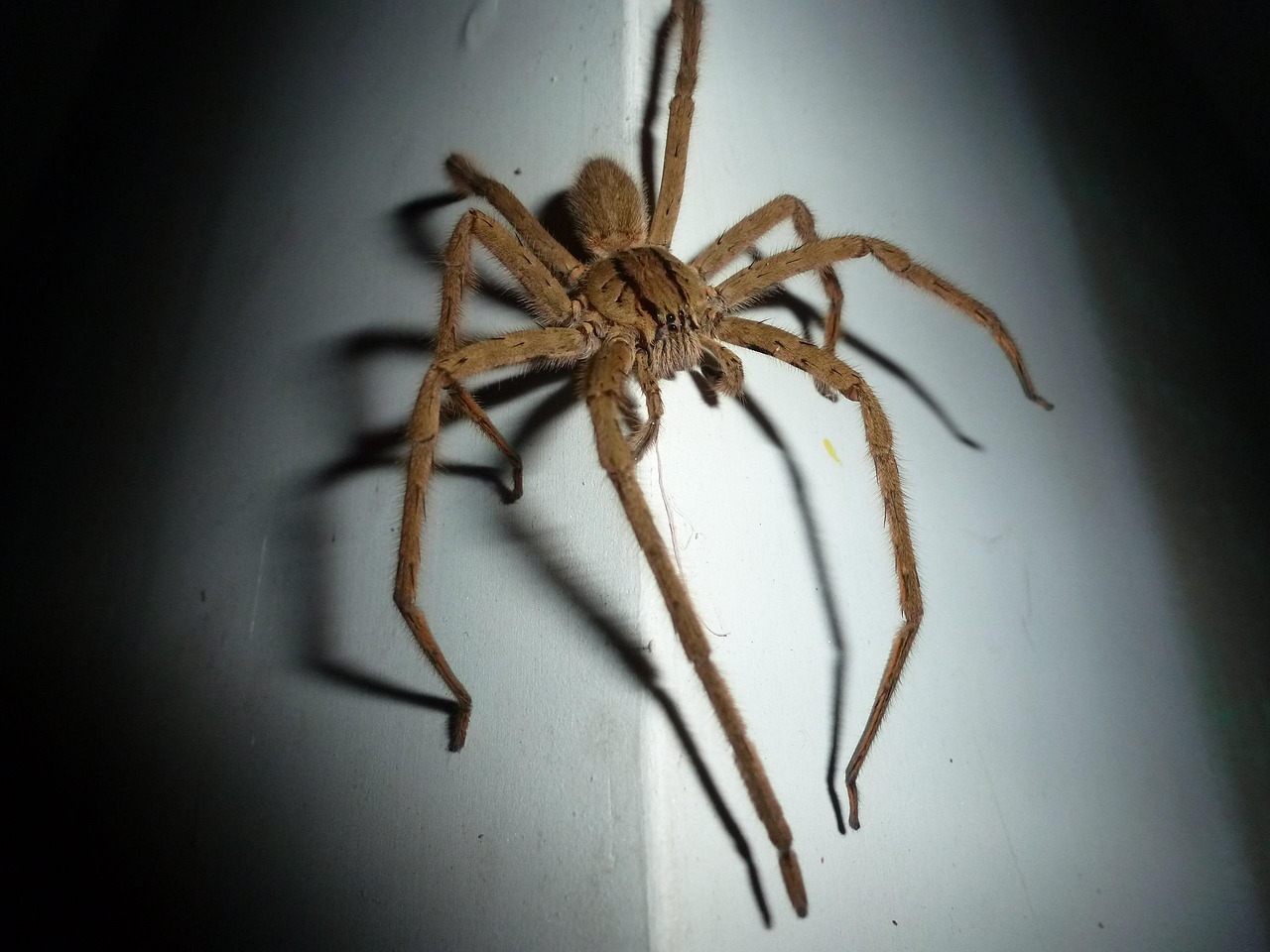
Cockroaches represent one of the most challenging pest problems for homeowners, but certain spider species have evolved to tackle even these formidable opponents. Wolf spiders and some larger house spiders actively hunt cockroach nymphs and smaller adult roaches, using their speed and strength to overcome these resilient pests. While spiders may not eliminate entire roach populations, they significantly reduce their numbers and breeding success.
The psychological impact of spider predation on cockroach populations extends beyond direct kills. Roaches instinctively avoid areas where they detect spider presence, effectively creating spider-protected zones within your home. This behavioral response means that even the presence of spiders can deter roach activity in certain areas.
Moth Mayhem: Protecting Your Clothing and Food
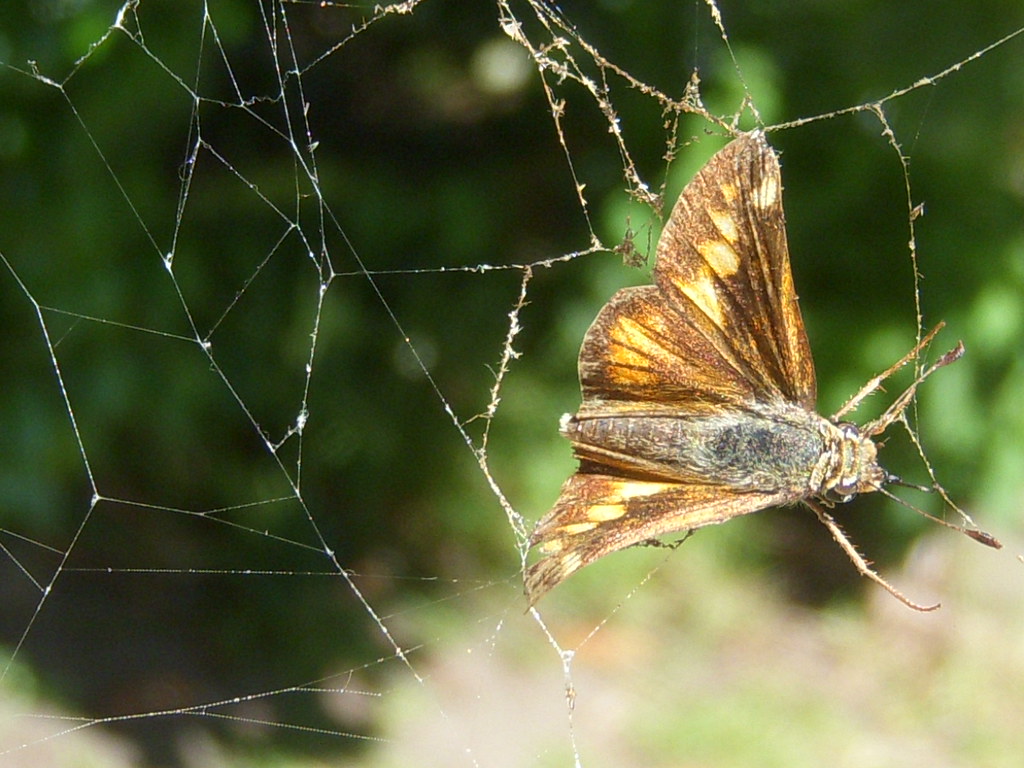
Clothes moths and pantry moths can cause significant damage to textiles and stored food products, but spiders serve as an early warning system and active defense against these destructive pests. Web-building spiders positioned near closets and storage areas intercept adult moths before they can lay eggs on vulnerable materials. This intervention prevents the larvae stage, which causes the actual damage to fabrics and food.
The nocturnal hunting habits of many spiders align perfectly with moth activity patterns, creating an effective nighttime patrol system. As moths navigate through your home in search of suitable egg-laying sites, they frequently encounter spider webs positioned along their flight paths. This natural barrier system helps protect your valuable belongings from moth damage.
Gnat Swarms: The Aerial Defense Network
Fungus gnats and fruit flies can quickly multiply into annoying swarms that hover around plants, drains, and food sources. Spiders provide both passive and active control against these tiny flying pests. Cobweb spiders create dense networks of silk that function like aerial minefields, capturing dozens of small flies in a single web. Meanwhile, jumping spiders hunt individual gnats with remarkable precision, using their superior vision to track and capture these minute targets.
The cumulative effect of spider predation on gnat populations is often underestimated. A single spider web can capture hundreds of gnats over the course of a week, significantly reducing the breeding population and preventing the explosive growth that characterizes gnat infestations.
Silverfish and Booklice: The Paper Protectors
These small, often overlooked pests can cause considerable damage to books, papers, and other cellulose materials in your home. Spiders that inhabit dark, quiet spaces like basements and storage areas frequently encounter and consume these destructive insects. Wolf spiders and house spiders are particularly effective at controlling silverfish populations, as they share similar habitat preferences and activity patterns.
The presence of spiders in storage areas creates a natural barrier against these paper-eating pests. Silverfish and booklice are vulnerable to spider predation due to their soft bodies and relatively slow movement, making them easy targets for hunting spiders.
Beetle Battles: Arachnid Armor Against Invasive Species
Various beetle species can invade homes, including carpet beetles, dermestid beetles, and stored product beetles that damage fabrics, furniture, and food supplies. Spiders play a crucial role in controlling these populations, particularly during the vulnerable larval stages when beetles are most susceptible to predation. Hunting spiders patrol areas where beetles commonly hide, intercepting both adults and larvae before they can establish breeding colonies.
The diverse hunting strategies employed by different spider species ensure comprehensive beetle control throughout your home. While some spiders specialize in capturing flying adult beetles, others focus on ground-dwelling larvae and pupae, creating a multi-layered defense system against these persistent pests.
The Economics of Spider Pest Control
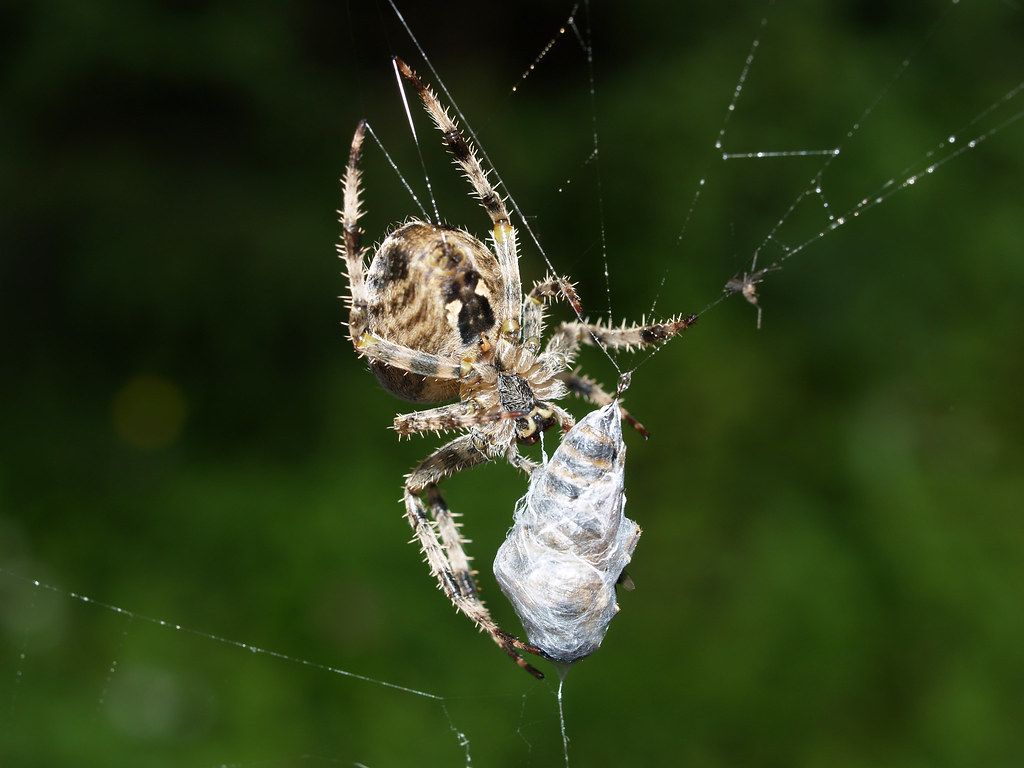
The financial value of spider pest control services becomes apparent when compared to professional extermination costs and property damage from unchecked pest populations. A healthy spider population can prevent thousands of dollars in damage caused by clothes moths, carpet beetles, and other destructive insects. Additionally, the continuous nature of spider pest control means you’re receiving year-round protection without recurring service fees.
Professional pest control services typically require regular treatments and can cost hundreds of dollars annually, while spiders provide comparable protection at no cost. The efficiency of spider pest control also means fewer pest-related health issues, reduced food contamination, and less property damage, translating to significant long-term savings for homeowners.
Creating a Spider-Friendly Environment
Encouraging beneficial spider populations in your home doesn’t require dramatic changes to your living space. Simple modifications like leaving undisturbed corners in basements and storage areas, reducing excessive cleaning in certain zones, and avoiding unnecessary pesticide use can help maintain healthy spider populations. Providing discrete hiding spots and allowing natural web construction in appropriate areas creates an environment where spiders can thrive and effectively control pest populations.
The key to successful spider coexistence lies in understanding which areas of your home benefit most from spider presence. Basements, attics, garages, and storage rooms are ideal locations for spider activity, while living areas can be kept relatively spider-free through gentle relocation rather than elimination.
Myths and Misconceptions: Separating Fact from Fiction
Many common beliefs about house spiders are rooted in misconceptions rather than scientific fact. The vast majority of spiders found in homes are completely harmless to humans and have no interest in biting people. Most house spiders are actually incapable of penetrating human skin, and even those that can bite typically do so only when directly threatened or handled roughly.
The fear of dangerous spider species in typical household environments is largely unfounded in most geographic regions. Common house spiders, cellar spiders, and jumping spiders pose no threat to humans and provide substantial benefits through their pest control activities. Understanding these facts helps homeowners make informed decisions about spider management rather than acting on instinctive fears.
Another persistent myth suggests that killing one spider will attract others, but this has no scientific basis. Spiders are generally solitary creatures that don’t communicate about threats or send distress signals. The appearance of multiple spiders in a home typically indicates favorable conditions for pest control rather than any response to previous spider elimination.
The Future of Natural Pest Management
As awareness grows about the environmental impact of chemical pesticides and the development of resistance in pest populations, natural pest control methods like spider predation are gaining renewed attention. Research into spider behavior and ecology continues to reveal new ways these creatures contribute to household pest management. Modern pest control strategies increasingly incorporate biological control methods, recognizing spiders as valuable allies rather than nuisances to be eliminated.
The integration of spider-friendly practices into home maintenance routines represents a sustainable approach to pest control that benefits both homeowners and the environment. By working with natural predator-prey relationships rather than against them, homeowners can achieve effective pest control while reducing their reliance on chemical interventions.
The next time you spot a spider in your home, consider the invisible army of pests it has already eliminated and the countless others it will intercept in the future. These remarkable creatures ask for nothing more than a quiet corner to call home in exchange for their tireless pest control services. Rather than reaching for that shoe, perhaps it’s time to appreciate the silent guardians that keep your home comfortable and pest-free. What other natural allies might you be overlooking in your daily life?
